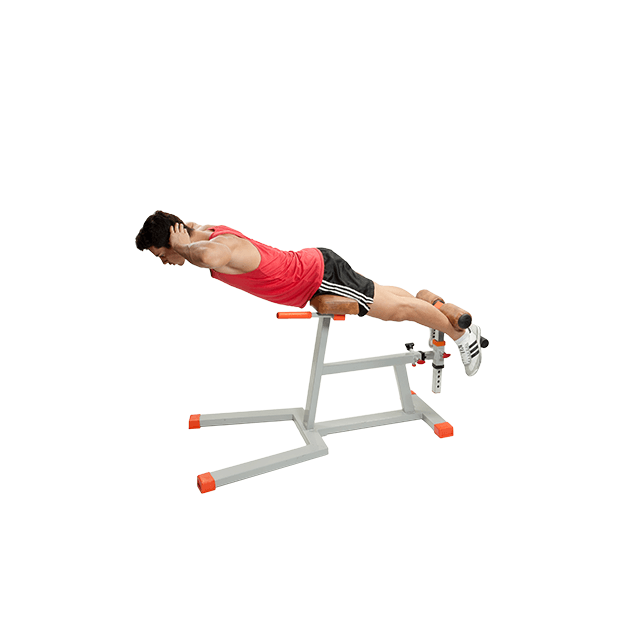Forge a Rock-Solid Core: Master Back Extensions for Lower Back Strength (Build Stability & Posture!)
 |
| Back Extensions 5 sets and 3/3/3/2/1 reps |
 |
| Back Extensions 5 sets and 3/3/3/2/1 reps |
 |
| Back Extensions 5 sets and 3/3/3/2/1 reps |
 |
| Back Extensions 5 sets and 3/3/3/2/1 reps |
Hey core enthusiasts! Want to build a strong, sculpted midsection that will make you feel confident? Crunches are a fundamental exercise to target your rectus abdominis muscles. This guide will turn you into a crunch master with the perfect rep scheme, proper form breakdowns to avoid injury, and even a handy video for visual learners.
Building a Defined Core:
Crunches are a classic and effective exercise for sculpting and strengthening your core muscles. Strong abs not only enhance your physique but also improve core stability, posture, and overall athletic performance.
Reps, Sets, and Core Domination:
A popular rep scheme for crunches is 4 sets of 12/10/8/6 reps. This means you'll perform 4 sets, gradually decreasing the reps (12, 10, 8, 6) while focusing on maintaining good form throughout.
Mastering the Crunch (Control & Focus):
Here's how to conquer the Crunch with perfect form (check the video for a visual breakdown!):
Bonus Tip: Breathe out as you crunch upwards and inhale as you lower yourself down.
With dedication and this guide, you'll be well on your way to building that sculpted, rock-solid core you've been dreaming of. Now go out there and crush those crunches!
 |
| Crunches 4 sets and 12/10/8/6 reps |
 |
| Crunches 4 sets and 12/10/8/6 reps |
 |
| Crunches 4 sets and 12/10/8/6 reps |
Hey core crusaders! Want to sculpt a tight, defined core? Dumbbell Side Bends are a fantastic exercise to target your obliques, the muscles on the sides of your torso. This guide will turn you into a dumbbell side bend master with the perfect rep scheme, proper form breakdowns to avoid injury, and even a handy video for visual learners.
Building a Shredded Core:
Dumbbell Side Bends are a targeted exercise for building strong, defined obliques. Strong obliques not only contribute to a sculpted core, but they also improve rotational power, core stability, and overall athletic performance.
Reps, Sets, and Oblique Domination:
A popular rep scheme for dumbbell side bends is 4 sets of 12/10/8/6 reps. This means you'll perform 4 sets, gradually decreasing the reps (12, 10, 8, 6) while increasing the weight (optional) to progressively challenge your obliques. Choose a weight or resistance level that allows good form on the first set, pushing yourself to near failure on the last few reps of each subsequent set.
Mastering the Dumbbell Side Bend (Without Back Pain):
Here's how to conquer the Dumbbell Side Bend with perfect form (check the video for a visual breakdown!):
Bonus Tip: Focus on initiating the movement with your core, not by reaching with your arms. Maintain proper posture throughout the exercise to avoid back pain.
With focused training and this guide, you'll be on your way to those sculpted obliques that will take your core definition to the next level. Now go out there and crush those Dumbbell Side Bends!
 |
| Dumbbell Side Bends 4 sets and 12/10/8/6 reps |
 |
| Dumbbell Side Bends 4 sets and 12/10/8/6 reps |
 |
| Dumbbell Side Bends 4 sets and 12/10/8/6 reps |
 |
| Dumbbell Side Bends 4 sets and 12/10/8/6 reps |
This is a notification message.